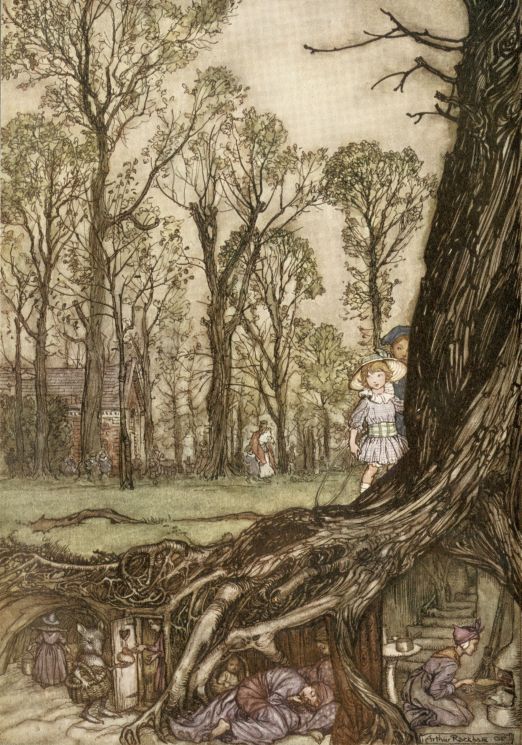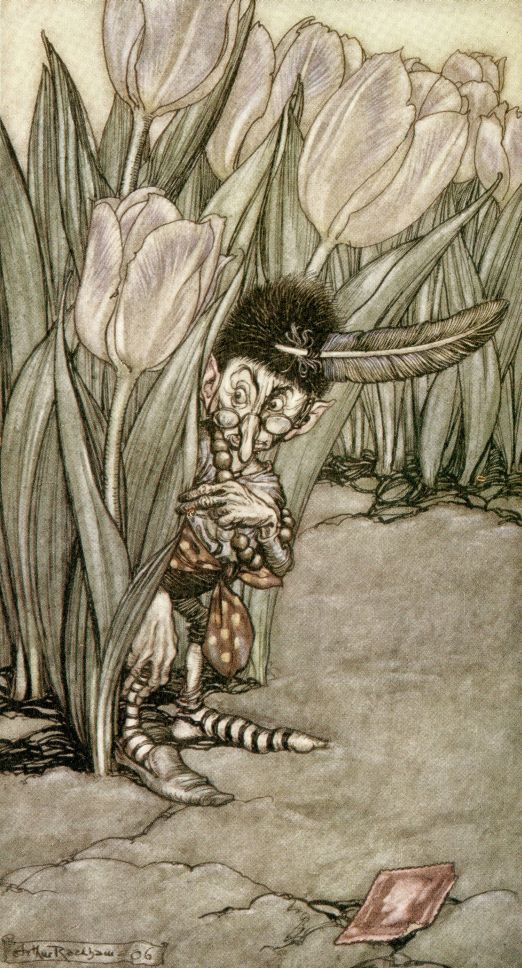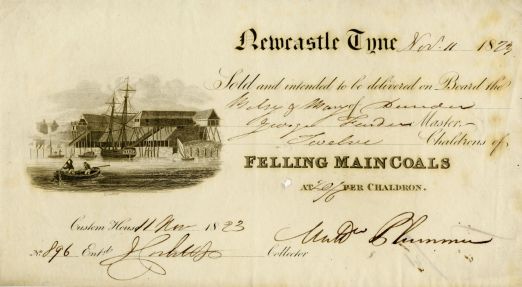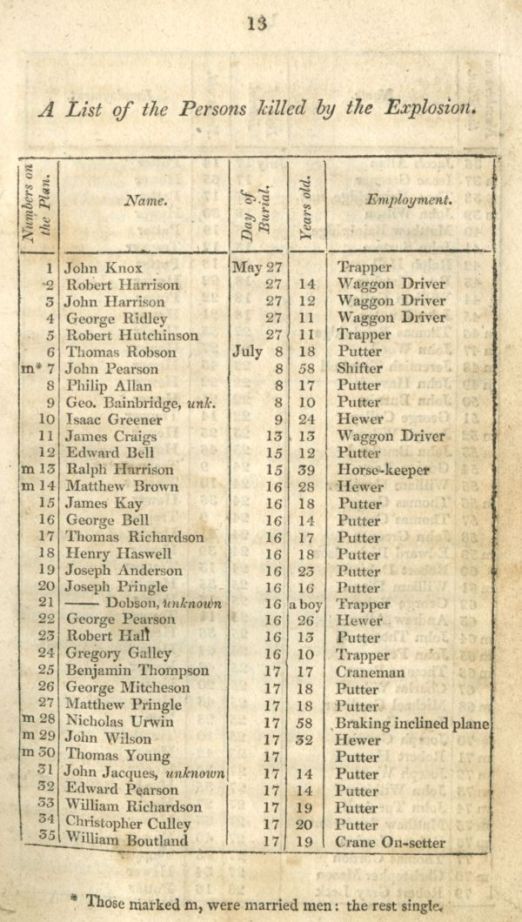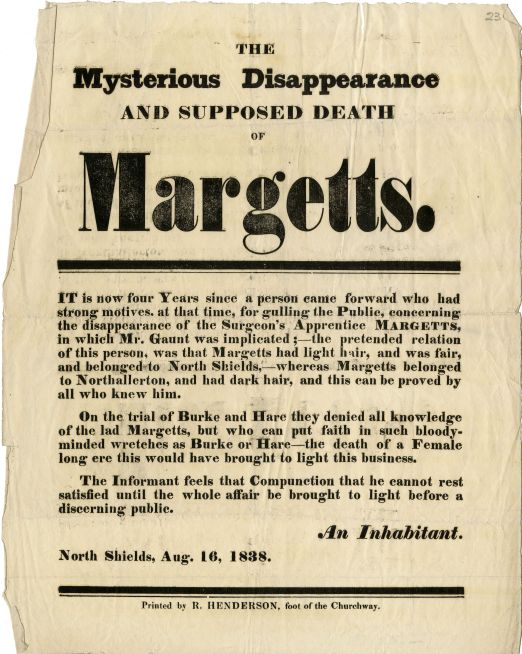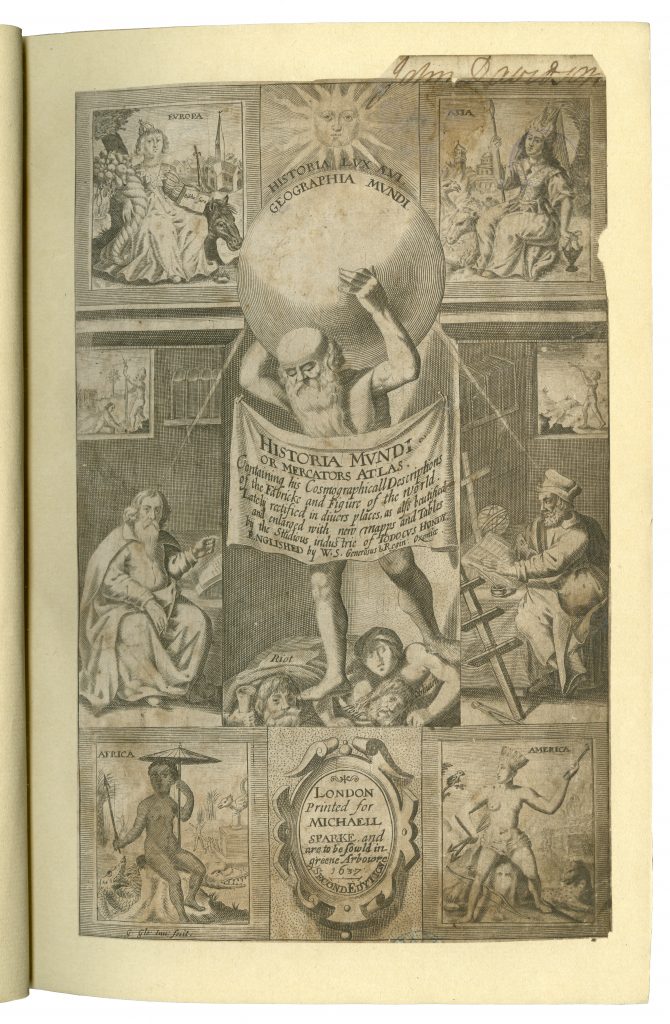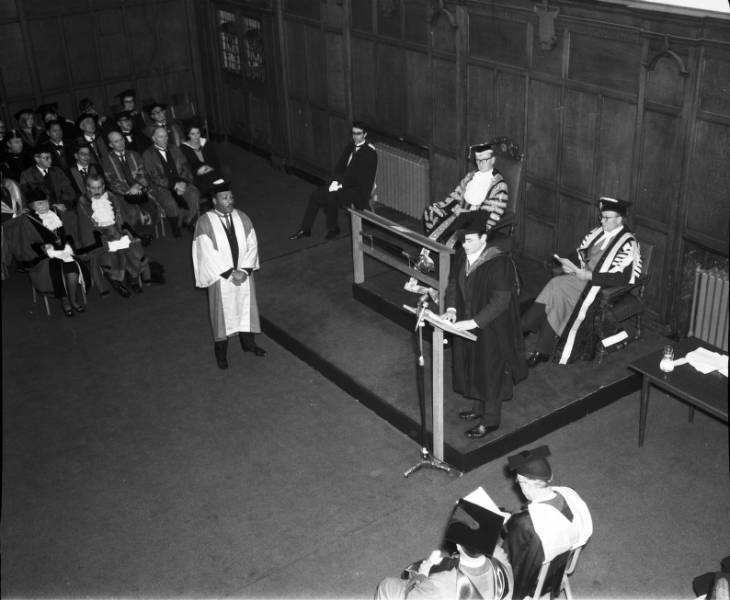
Depicts civil rights activist Dr Martin Luther King being introduced by Newcastle University’s Public Orator J. H. Burnett as part of his ceremony to accept an honorary doctorate of Civil Law on 13th November 1967. Newcastle University was the only UK University to bestow this honour on Dr King during his lifetime.
On the afternoon of Monday 13th November 1967 in King’s Hall a congregation was held to award an honorary Doctor of Civil Law. Present at the ceremony were the Chancellor of the University, His Grace the Duke of Northumberland and the Vice-Chancellor Dr. C.I.C Bosanquet.
The Public Orator, Professor J.H. Burnett, in his speech of introduction described some events from the life of the candidate:
“I do not suppose that many of us, shopping with an eight-year-old son, have been required to sit in a particular part of a shoe shop because of the colour of our skin, nor do I imagine that our wives have often had to explain to distraught children that “Daddy went to jail to help other people”, and, although I hope we could all behave in this way, I seriously question the ability of most of us to return to a wife and young baby in a bomb-blasted house surrounded by a clamouring crowd and say “Don’t get your weapons. He who lives by the sword will perish by the sword. We are not advocating violence. I want you to love our enemies”…
The man being honoured on that day 45 years ago was Dr. Martin Luther King Jr. the American civil rights leader.
Unusually, but perhaps not surprisingly, as he was probably one of the 20th Century’s greatest orators, Dr. King delivered a speech in reply.
The speech, according to the report of the event in the Courier, was made without the aid of notes.

Depicts civil rights activist Dr Martin Luther King signing the visitors’ book during his visit to Newcastle University to accept an honorary doctorate of Civil Law on 13th November 1967.
Extract from Professor J.H. Burnett’s speech
“… I can assure you that honouring me today in this very meaningful way is of inestimable value for the continuance of my humble efforts. Although I cannot in any way say that I am worthy of such a great honour, I can also assure you that you give me renewed courage and vigour to carry on in the struggle to make peace and justice a reality for all men and women all over the world. …”
“… It may be true that morality cannot be legislated but behaviour can be regulated: it may be true the law cannot change the heart but it can restrain the heartless: it may be true that the law cannot make a man love me but it can restrain him from lynching me. …”
“… So while the law may not change the hearts of men it does change the habits of men if it is vigorously enforced. Through changes in habits, pretty soon attitudinal changes will take place and even the heart may be changed in the process. …”

Depicts civil rights activist Dr Martin Luther King with Newcastle University’s Chancellor the Duke of Northumberland (left), the Lord and Lady Mayoress of Newcastle-Upon-Tyne (centre), and Vice-Chancellor Charles Bosanquet (far right). Taken during during Dr King’s visit to accept an honorary doctorate of Civil Law on 13th November 1967.
Dr. King’s extremely busy schedule meant that he had to leave Newcastle almost immediately after the ceremony, to return to America.
However, earlier in the day, before the ceremony he had had time to meet a group of students for an informal question and answer session.
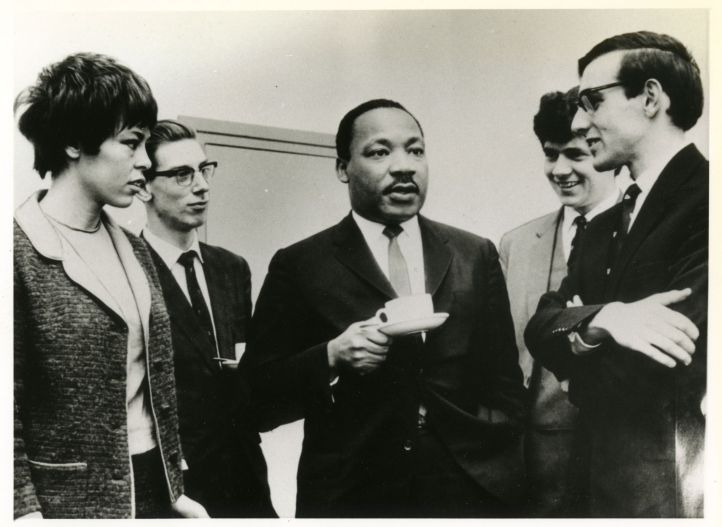
Depicts civil rights activist Dr Martin Luther King speaking with Newcastle University students over an informal coffee morning during his visit to Newcastle University to accept an honorary doctorate of Civil Law on 13th November 1967. Among the students shown are Meredyth Bell (nee Patton), Deputy President of the Students Representative Council (far left), and C. B. ‘Nick’ Nicholson, President of the Students’ Representative Council (far right).
Find out more
Read the full text of Dr. King’s speech online (from the University website). Also, watch the video of the congregation ceremony (from the University website).
Featured in a digital exhibition as part of Freedom City 2017; a city-wide programme commemorating the 50th anniversary of Dr Martin Luther King Jr’s honorary degree – https://www.ncl.ac.uk/library/special-collections/digital-resources/martin-luther-king/








